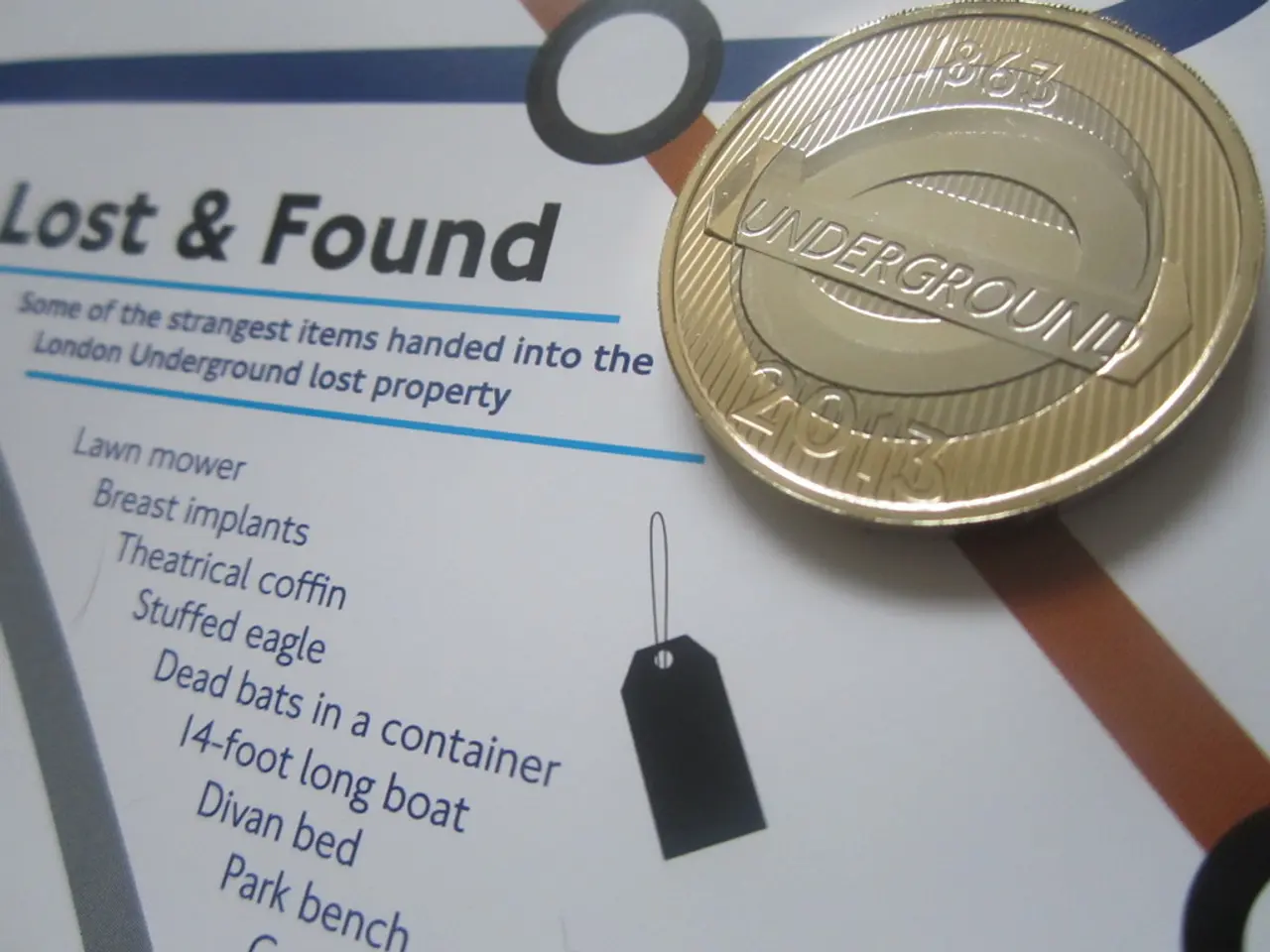Central banking figures rally for digital asset tokenization at IMF gathering
Project Pine: A New Era for Wholesale Financial Markets
In a groundbreaking collaboration, the Bank for International Settlements (BIS) and several central banks have launched Project Pine, an initiative aimed at exploring the integration of wholesale central bank digital currencies (CBDC), commercial bank money, and tokenized government securities on a single technological platform.
The objective of Project Pine is to investigate the feasibility and benefits of using tokenization and smart contracts to enable more efficient, programmable, and interoperable digital financial infrastructure for wholesale financial markets. The project was publicly identified through a joint research study published by the BIS and the Federal Reserve in 2025.
Currently, Project Pine is at an exploratory/pilot phase, focused on technological feasibility and proof of concept. The project aims to combine these financial elements in a seamless, interoperable manner, using smart contracts to enable automated and conditional financial transactions, thereby enhancing settlement efficiency and risk management.
The key objectives of Project Pine include evaluating benefits such as increased liquidity, transparency, reduced settlement times, and lower counterparty risks in wholesale financial transactions. The project also supports the development of a new financial architecture by experimenting with programmable digital assets that may have features like restricted use or expiry embedded in code.
The Reserve Bank of Australia (RBA) is also actively involved in testing related concepts of programmable money and digital financial infrastructure as part of this initiative. Further research and experimentation are planned through 2026 and beyond to evaluate operational and regulatory implications of integrating tokenized assets with CBDC and traditional bank money.
Piero Cipollone, Director of the European Central Bank (ECB), has outlined his vision of using tokenization to enable a capital markets union. He emphasizes the need for user centricity, a unified architecture, and universal availability for the Finternet to become a reality. The European Commission consultation gives considerable attention to tokenization as an important tool in its efforts.
Agustín Carstens, outgoing BIS general manager, has expressed strong support for tokenization as the future of a sophisticated financial system. He sees the role of central banks as steering the participation of the private sector in the tokenization of financial markets. Carstens believes that programmability within tokens can enable new types of contingent transactions.
The ECB wants to encourage competition and innovation in tokenized markets, without getting tied to a single technology that might inhibit future innovation. Central banks should provide the basic foundational infrastructure to ensure interoperability with the unified ledger. Countries that adopt tokenization early, especially those with less developed market infrastructures, may potentially leapfrog to become more advanced.
India's Aadhaar identity system and the proliferation of ATMs were given as examples of the potential impact of early adoption. The BIS has been working on Project Agorá, a tokenized cross-border payment system. The IMF's Tobias Adrian moderated a panel discussion on DLT and the tokenization of financial markets at the IMF Spring meetings yesterday.
However, Piero Cipollone observed that the path to mainstream tokenization is "a bumpy road" and there are risks of fragmentation and very large players dominating tokenized markets. To steer tokenization into the mainstream, a roadmap includes clearly articulating the vision, coordinating with other regulators, and providing a regulatory framework. A public-private sector partnership is needed to make the tokenization vision a reality. Central banks should maintain trust by ensuring the singleness of money and finality in payments.
In summary, Project Pine is a cutting-edge collaborative experiment by BIS and central banks to design and test next-generation wholesale payment and settlement systems using tokenized digital currencies and securities, aiming to transform traditional financial market infrastructure through digital innovation.
- The Bank for International Settlements (BIS) and several central banks, through Project Pine, are investigating the integration of central bank digital currencies (CBDC), commercial bank money, and tokenized government securities.
- Project Pine aims to use tokenization and smart contracts to create a more efficient, programmable, and interoperable digital financial infrastructure for wholesale financial markets.
- The Reserve Bank of Australia (RBA) is also part of this initiative, testing concepts of programmable money and digital financial infrastructure.
- Agustín Carstens, outgoing BIS general manager, views tokenization as the future of a sophisticated financial system, with central banks guiding private sector participation in tokenized financial markets.
- The European Central Bank (ECB) encourages competition and innovation in tokenized markets, providing basic foundational infrastructure to ensure interoperability.
- Piero Cipollone, Director of the ECB, has outlined the need for a public-private sector partnership to create a regulatory framework for tokenization, ensuring trust in the singleness of money and finality in payments.




